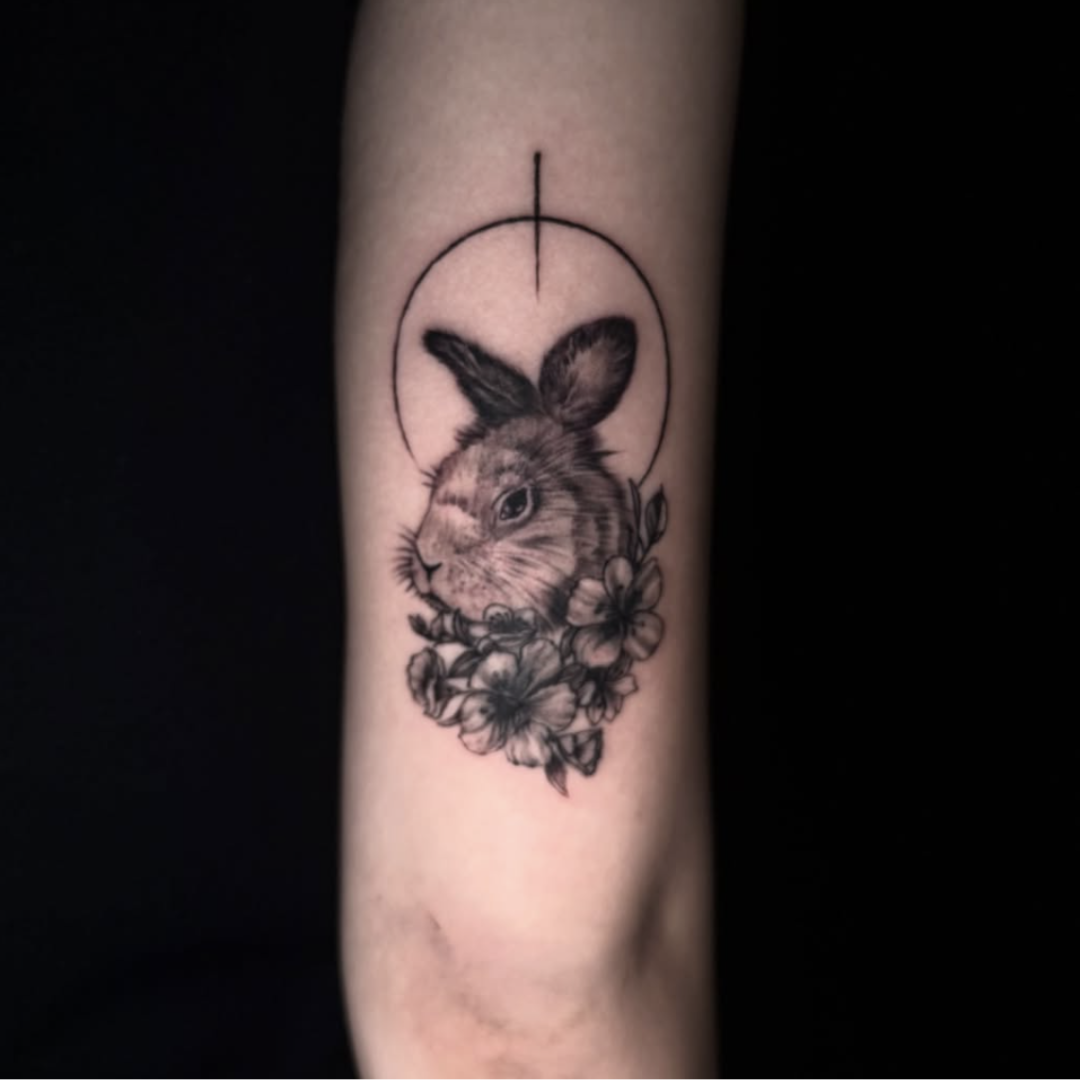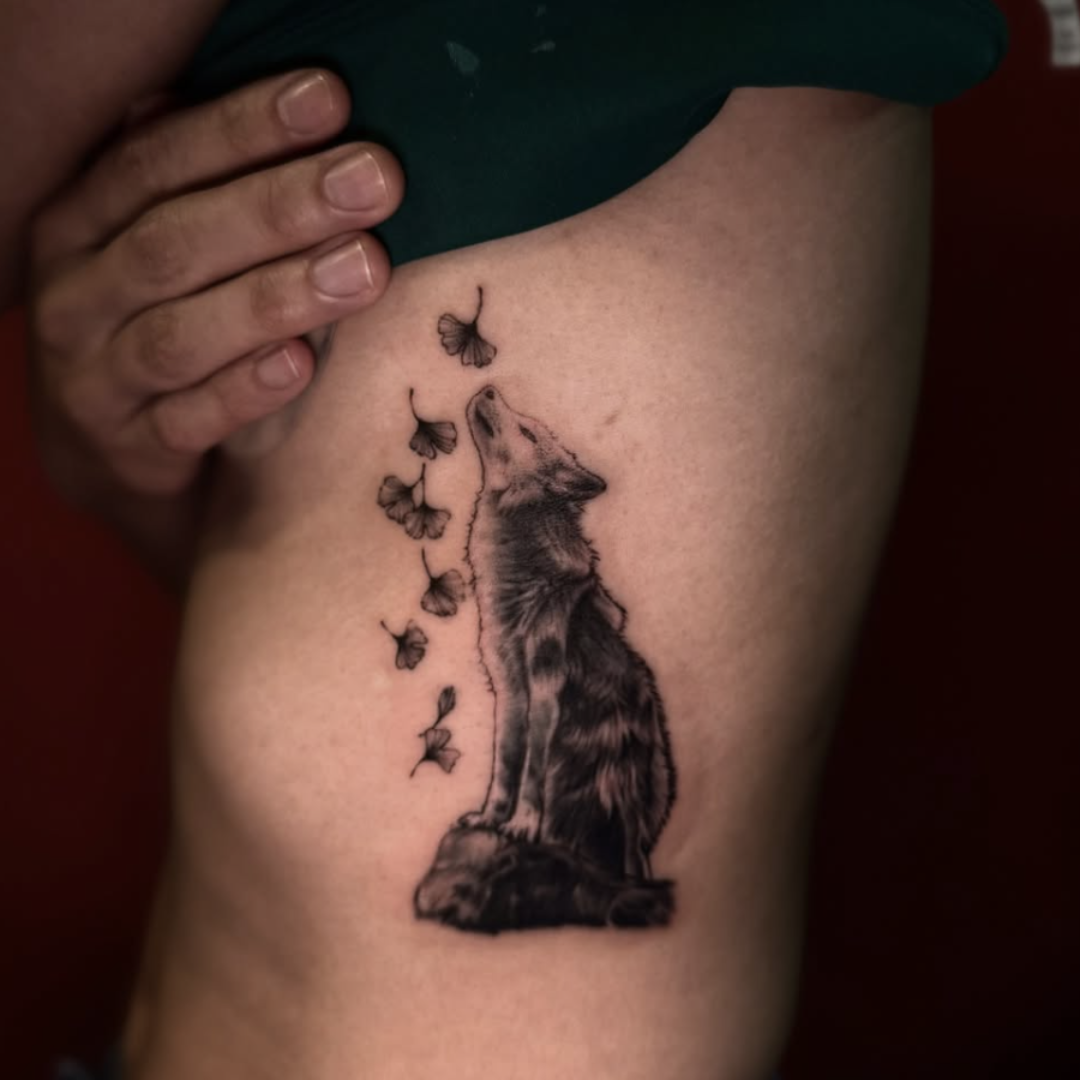Tattooing Over Scars: What You Should Know Before Getting Inked
Posted on January 07, 2025 By Ttwins Tattoo

Tattoos are more than just body art—they are powerful symbols of transformation, self-expression, and healing. For many people, tattooing over scars provides a way to reclaim their bodies and turn past wounds into meaningful designs. However, the process of tattooing over scar tissue differs from tattooing on normal skin, requiring careful consideration of various factors such as healing time, skin sensitivity, and ink absorption. If you are thinking about getting a tattoo over a scar, it is essential to understand how different scars react to ink, what designs work best, and how to care for the tattooed area to ensure optimal results.
Can You Tattoo Over Scars?
Yes, but success depends on factors like scar maturity, type, and the skin’s ability to hold ink. A scar should be fully healed, which generally takes one to two years. The type of scar—whether hypertrophic, keloid, atrophic, burn, or surgical—affects how the tattoo will settle. Some scars hold ink well, while others may require modifications to the tattoo design.
Types of Scars and How They Affect Tattoos
1. Hypertrophic Scars
These scars are raised but remain within the boundaries of the original wound. They can hold ink relatively well, but their texture may be visible under the tattoo.
2. Keloid Scars
Keloids grow beyond the original wound, forming thick, raised areas. Tattooing keloids is risky because the trauma can trigger further scarring. It’s crucial to consult a dermatologist before proceeding.
3. Atrophic Scars (Indented Scars)
Often caused by acne, burns, or surgery, these scars are sunken into the skin. Ink can pool unevenly in these areas, making tattooing more challenging.
4. Burn Scars
Burn scars tend to be sensitive and unpredictable. The skin may be thin or uneven, affecting how the ink settles. A skilled tattoo artist with experience in scar cover-ups is essential.
5. Surgical Scars
Surgical scars are usually linear and well-defined. They often take ink well, but their texture might still be noticeable.

Pain Level: Does Tattooing Over Scars Hurt More?
Scar tissue can be more sensitive than regular skin, making the tattooing process more painful. Pain levels depend on scar location, thickness, and your individual pain tolerance. Thicker scars might have reduced sensitivity, while thinner, more delicate scars can be extremely tender. While numbing creams are an option, they may affect how the ink settles.
Best Tattoo Styles for Covering Scars
• Bold Blackwork - Thick lines and dark shading can effectively mask uneven textures.
• Floral & Organic Designs - These work well because they naturally follow irregular
patterns.
• Geometric
& Mandala Art - Symmetry and intricate details help
divert attention from the scar.
• Watercolour Tattoos - The soft, flowing colour can camouflage mild scarring.
• Dark Shading & Realism - Realistic designs with deep shading can blend well over raised
scars.
How to Prepare for a Scar Cover-Up Tattoo
Preparation is key to achieving the best results. Ensuring the scar is fully healed before tattooing prevents unnecessary irritation or additional scarring. Finding an experienced tattoo artist who specializes in working with scar tissue is crucial, as they will know the best techniques to make the design blend naturally with your skin. Keeping the skin hydrated in the weeks leading up to the appointment helps the ink settle more evenly. Some artists may suggest a small test tattoo on the scar to see how it reacts before committing to a larger design.
Frequently Asked Questions
Will My Scar Show Through the Tattoo?
Yes, depending on the depth and texture of the scar, some details may still be visible under the tattoo. Your artist can adjust the design to minimize this.
Can Tattooing Cause More Scarring?
It’s possible, especially with keloid-prone skin. This is why consulting a professional is essential.
Do Tattoos Over Scars Fade Faster?
Scar tissue can cause uneven ink absorption, potentially leading to faster fading in certain areas. Touch-ups may be necessary.
Are There Alternatives to Tattooing Over Scars?
If you’re hesitant about tattooing, options like medical tattooing (paramedical micropigmentation) or laser treatments can help reduce scar visibility.
Conclusion
Tattooing over scars is a powerful way to reclaim your body and transform past wounds into beautiful
artwork. However, it’s essential to understand the unique challenges of tattooing on scar tissue.
Finding an experienced artist, choosing the right design, and practicing proper aftercare will all
contribute to the success of your tattoo.
If you’re considering a
scar or old tattoo cover up tattoo, consult with a reputable tattoo artist to discuss your options and create a design that enhances your personal story.